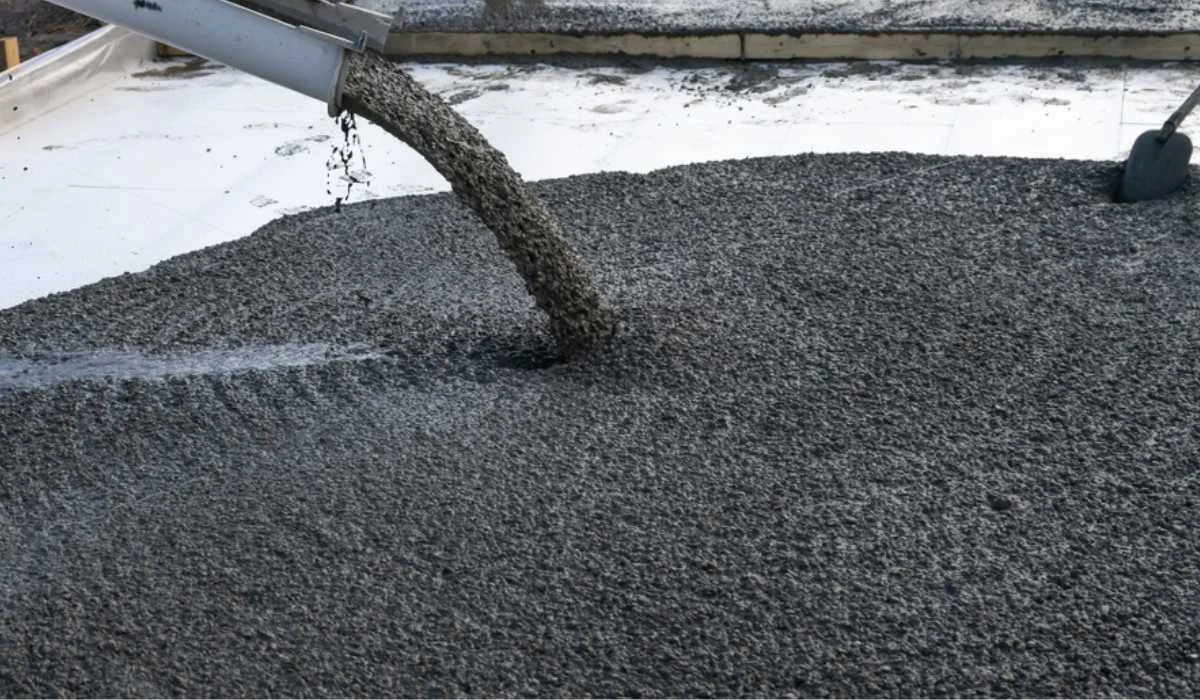Many organic and mineral resources are used in construction initiatives, including limestone, wood, sand and clay, and even metals. Production and extraction of these materials could have a significant impact on biodiversity.
Bamboo can grow up to 1 meter per day it is an eco-friendly material for floors as well as ceilings. Cork, another renewable material, is repurposed into Acoustic wall and ceiling panels instead of being burned and recycled into landfills.
Sustainable Construction Practices
Sustainable practices in construction are the set of guidelines to guide the preparation and construction of a building for ensuring its sustainability. They include building materials with low embodied energy and incorporating recycled and biodegradable elements into the design of the building, as well as adopting environmentally sustainable construction practices.
Wood, bamboo hemp cement, cork are just a few examples of eco-friendly building material. They regenerate themselves naturally and are made using renewable resources. They are environmentally friendly and require little to no chemical treatment. It is also possible to use them in insulation, and also to regulate the humidity.
Green construction can be facilitated by the use of materials with lower embodied energy and by adopting environmentally-friendly production processes, such as direct reduced iron for steel or carbon capture for cement. A solid procurement strategy can be utilized to attain this strategy, where the suppliers selected are based on benchmarks and criteria that promote sustainability. This includes setting targets in terms of the amount recycled and reused material that will include during the building process.

Green Building Materials
Sustainable building materials are based on using natural, renewable or recycled products to reduce environmental impacts and the consumption of energy and resources during construction. These include products that require minimal processing and are sourced locally to minimize transportation demands and carbon emissions. The most eco-friendly construction materials are bamboo, industrial hemp, straw bales, recycled glass, wood reclaimed and rammed earth.
Hemp concrete, for instance it is a construction material comprised of hemp fibers, lime and water. It is durable resilient, robust and air-tight. It is carbon negative, meaning it absorbs more CO2 while it’s being made than it emits during usage.
Recycling steel is a different eco-friendly construction material. It can be used in framing, roofing and countertops, in addition to flooring. Stone is another popular choice that is naturally occurring material that doesn’t require any processing. Cork, harvested from the bark of cork oak trees, can be naturally an insulator, and could be utilized for flooring and walls.
Environmental Conservation in Construction
Many large construction firms have begun to adopt environmentally friendly practices and products in their work. This is a great method to preserve environmental resources as well as reduce the amount of environmental pollution at the construction site.
It is also important to conserve energy during the construction process. By utilizing renewable energy sources, as well as digital technologies will help reduce your carbon footprint.
Production of some construction xi mang trang materials might have a negative effect on biodiversity. Extraction of natural materials like gravel, wood, sand, and iron ore is a cause of habitat loss and isolation of species.
Concrete, among the most environmentally unfriendly construction materials, is another important issue. The good news is that recycled plastic and reclaimed wood offer sustainable alternatives. This is an excellent choice as it helps to stop deforestation and is widely available. It’s lightweight, which makes it ideal that makes it simple to carry around. Furthermore, it has high tensile strength for durability.
Green Materials: Benefits
Green materials prioritize sustainability throughout their life cycle, generating less emissions in the process of production, operations, construction and disposal in comparison to conventional substances. Insulation and windows that use recycled steel or natural fibers can be great options to cut down on use of energy in buildings as well as lower the cost of energy and reduce emissions.
In sourcing sustainable products using renewable resources rather than non-renewable sources, you’ll reduce the need for the loss of forest. They also take in more carbon dioxide than what they release during their lifetime. Some green materials utilize biomimetic methods to imitate the characteristics of natural materials for example, mycelium which is made of tiny threads of fungi, which develop to become a sturdy and long-lasting material.
by demonstrating their commitment towards sustainability, and promoting innovation within the industry, project planners can encourage green materials supply. Insuring that supply chains are robust evaluation and quality control can make sure that the project is successful. environmentally friendly projects. A culture of continual learning is essential to unlock technology and cost savings.